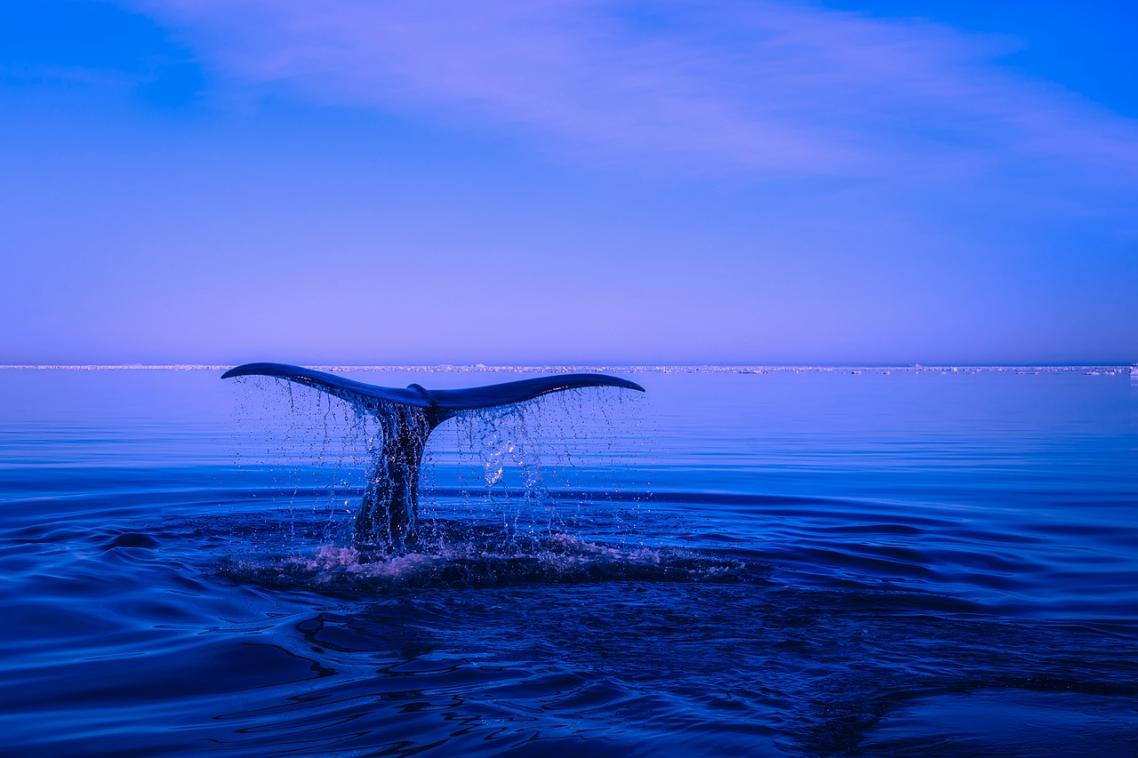Reaching peak whale

Research has revealed some large whale populations have defied over-exploitation and near-extinction to reach ‘peak’ abundance – or will do so early in the next decade.
A University of Queensland study monitored east Australian humpback whale populations from Point Lookout on Minjerribah (North Stradbroke Island).
Associate Professor Michael Noad from UQ’s School of Veterinary Science said the species had recovered rapidly since commercial whaling ceased in 1962.
“Our observations indicate the east Australian humpback whales are doing well, averaging a 10.9 per cent increase per annum,” he said.
“In fact, our most recent data shows that the population has essentially recovered, with east Australian humpback whale populations reaching an estimated 25,000 whales.
“With this growth continuing rapidly, our modelling suggests that either these whales are heading for a higher than expected abundance – at least 40,000 whales – or, more worryingly, there may be a population surge, with a peak in whale abundance somewhere between 2021 and 2026 followed by a crash.”
The team collected data in 2007, 2010 and 2015, observing humpback whales from an elevated platform at Point Lookout.
Observers worked in shifts every day across the survey period, weather permitting, noting group size, behaviour, speed and distance.
Dr Noad said there is more to discover about the recovery of east Australian humpback whales.
“While we know that populations of mammals recover from hunting and other forms of over-exploitation, the dynamics of how this occurs is not well understood,” he said.
“Population recovery can be complex, as it can depend on many factors, including the availability of food, the ability to find mates when population density is low, the occurrence of diseases in a population and a suite of other environmental factors.
“When large mammals do recover from low numbers, we also don’t fully understand how and why populations eventually reach a plateaux.
“Continuing to survey this population of whales will provide an important opportunity to study this in whales.”
Despite the good news, Dr Noad said the species continued to face considerable threats.
“On one hand they’re recovering quickly, but these whales are also threatened by climate change and its impact on Antarctic krill, their main food source.
“If there’s a downturn in the population in the near future, we need to be able to detect and understand its cause.
“Any population crash will have serious management implications as well as consequences for the east coast whale watching industry which is worth more than a hundred million dollars to the economy.”
The research has been published in Population Ecology (DOI: 10.1002/1438-390X.1014).
Media: Associate Professor Michael Noad, mnoad@uq.edu.au, +61 416 270 567; Dominic Jarvis, dominic.jarvis@uq.edu.au, +61 413 334 924.
Related articles

Thousands of Queensland reef photos lead to worldwide change

From war-torn Liberia to the UQ Law School: a graduate’s inspiring family legacy
Media contact
UQ Communications
communications@uq.edu.au
+61 429 056 139
